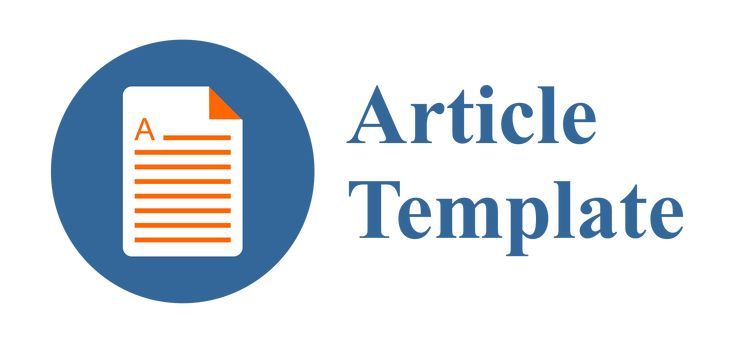KEEFEKTIFAN STRATEGI WEBBING DALAM PEMBELAJARAN MENULIS CERPEN SISWA KELAS X SMA NEGERI 1 NGEMPLAK SLEMAN
Abstract
This study aimed to: (1) identify the short story writing skill there is
significant, between students who learning webbing strategy and students who
learning the conventional strategy; and (2) test the effectiveness of the webbing
strategy in the learning of short story writing for Grade X students of SMA Negeri
1 Ngemplak Sleman.
This was a quasi-experimental study using the pretest-posttest control
group design. The research population comprised Grade X students of SMA
Negeri 1 Ngemplak, Sleman. The sample was selected by means of the cluster
random sampling technique and Grade XA was selected as the experimental group
and Grade XB as the control group. The data were collected through tests,
consisting of a pretest and a posttest of short story writing. The research
instruments were short story writing tests. The instrument validity was assessed
through consultation with an expert (expert judgment). The instrument reliability
was assessed by the Cronbach’s Alpha coefficient formula. The result showed a
reliability coefficient of 0.681, which was higher than a coefficient of 0.6. The
data analysis technique was the t-test for gain scores. The analysis assumption
tests were tests of normality and homogeneity.
The results of the study were as follows. First, there are difference in the
ability to short story writing skill significant, between students who learning
webbing strategy and students who learning the conventional strategy. The
difference was indicated by the results of the t-test on the posttests for the control
group and the experimental group, with tobserved=-5.481, df=61, and p=0.000. The
p value was less than the significance level of 5% (p<0.05). Second, the webbing
strategy was effective to be used in the learning of short story writing for Grade X
students of SMA Negeri 1 Ngemplak Sleman, indicated by the results of the t-test
on the pretest and the posttest for the experimental group showed tobserved= -
13.948, df=31, and p=0.000. The p value was less than the significance level of
5% (p<0.05). Gain sore testing in the experimental group was 7.25, higher than
the gain score of the control group, which was 2.97.
significant, between students who learning webbing strategy and students who
learning the conventional strategy; and (2) test the effectiveness of the webbing
strategy in the learning of short story writing for Grade X students of SMA Negeri
1 Ngemplak Sleman.
This was a quasi-experimental study using the pretest-posttest control
group design. The research population comprised Grade X students of SMA
Negeri 1 Ngemplak, Sleman. The sample was selected by means of the cluster
random sampling technique and Grade XA was selected as the experimental group
and Grade XB as the control group. The data were collected through tests,
consisting of a pretest and a posttest of short story writing. The research
instruments were short story writing tests. The instrument validity was assessed
through consultation with an expert (expert judgment). The instrument reliability
was assessed by the Cronbach’s Alpha coefficient formula. The result showed a
reliability coefficient of 0.681, which was higher than a coefficient of 0.6. The
data analysis technique was the t-test for gain scores. The analysis assumption
tests were tests of normality and homogeneity.
The results of the study were as follows. First, there are difference in the
ability to short story writing skill significant, between students who learning
webbing strategy and students who learning the conventional strategy. The
difference was indicated by the results of the t-test on the posttests for the control
group and the experimental group, with tobserved=-5.481, df=61, and p=0.000. The
p value was less than the significance level of 5% (p<0.05). Second, the webbing
strategy was effective to be used in the learning of short story writing for Grade X
students of SMA Negeri 1 Ngemplak Sleman, indicated by the results of the t-test
on the pretest and the posttest for the experimental group showed tobserved= -
13.948, df=31, and p=0.000. The p value was less than the significance level of
5% (p<0.05). Gain sore testing in the experimental group was 7.25, higher than
the gain score of the control group, which was 2.97.
Full Text:
PDFRefbacks
- There are currently no refbacks.

